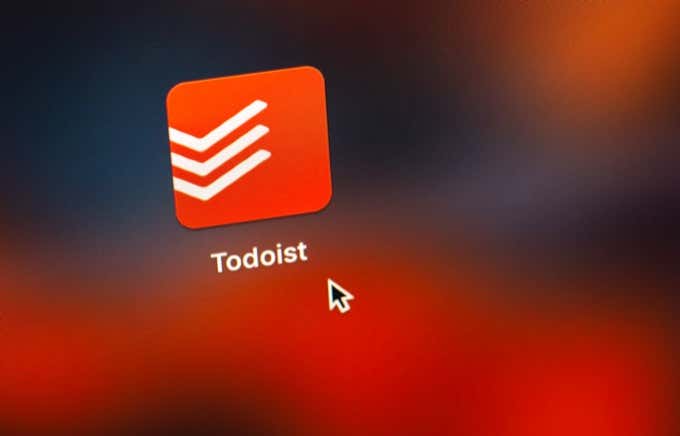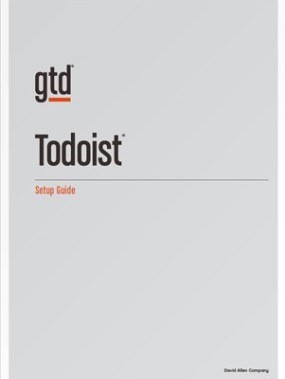

You may need to process your email inbox a few times a day, but your physical inbox may require processing only once a week. Instead, set aside time to process your inbox to empty, as often as necessary to keep it manageable.

You may be tempted to pull things out of your inboxes one at a time to look at them or deal with them. Most people will need at least two: an email inbox and a physical inbox on their desk. You should have as few inboxes as you can, but as many as you need. Capturing is just gathering everything you need to work on, in as few places as possible. They are places to capture the things you have to do.Ī key tenet of GTD is the separation of capturing, processing, and doing. Inboxes are not places to store the things you have to do. Inboxes-collection points-are key to GTD, and to use them properly, you have to shift your thinking just a bit. If you are intimidated by Getting Things Done, these are the three most essential concepts that you can start applying without reading the book or trying to implement full-on GTD, and you’ll still be more productive if you do. You should still read the book and go through the exercises in it, but this will give you the essence so you can get started with Getting Things Done even before you start reading Getting Things Done.

In this post, I will cover the essentials of GTD, plus some tips for applying GTD in a law practice. You have to think about your stuff more than you realize but not as much as you’re afraid you might. GTD works fine for gunners, but it is also a really effective productivity system for lazy people and procrastinators who still need to get things done. You may think productivity systems are for gunners, but GTD is for anyone who wants to get more done with less stress.

Once you clear your mind by getting your to-do lists out of your head and into your system, you can stop putting out fires and start focusing on doing things, instead of just thinking about doing things all the time. The idea is simple: get your stuff out of your head and into a trusted system that holds everything you need to do at work, at home, and anywhere else. It’s really just the Right Way to make and manage lists so you can focus on doing things instead of thinking about what you have to do. But GTD, as it is affectionately known by its practitioners, does not prescribe a set of tools. Getting Things Done is both a book and a productivity system.


 0 kommentar(er)
0 kommentar(er)
